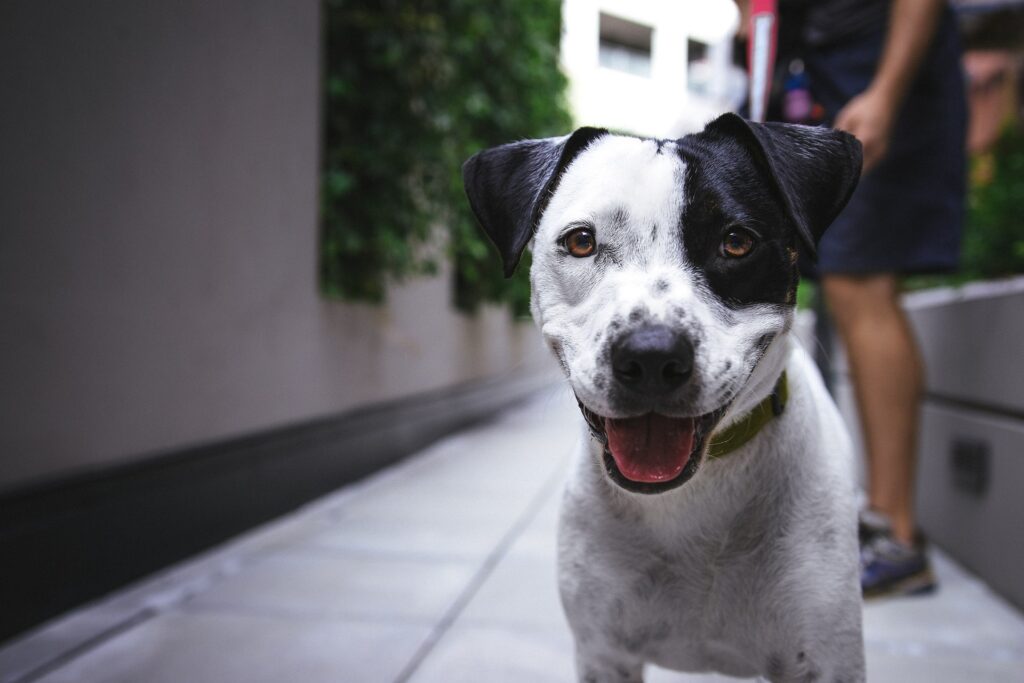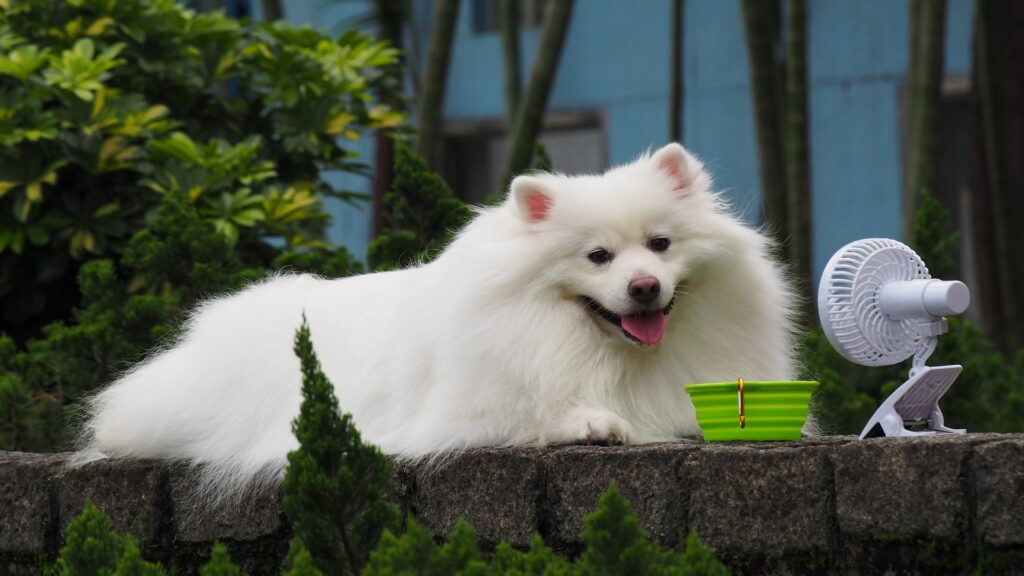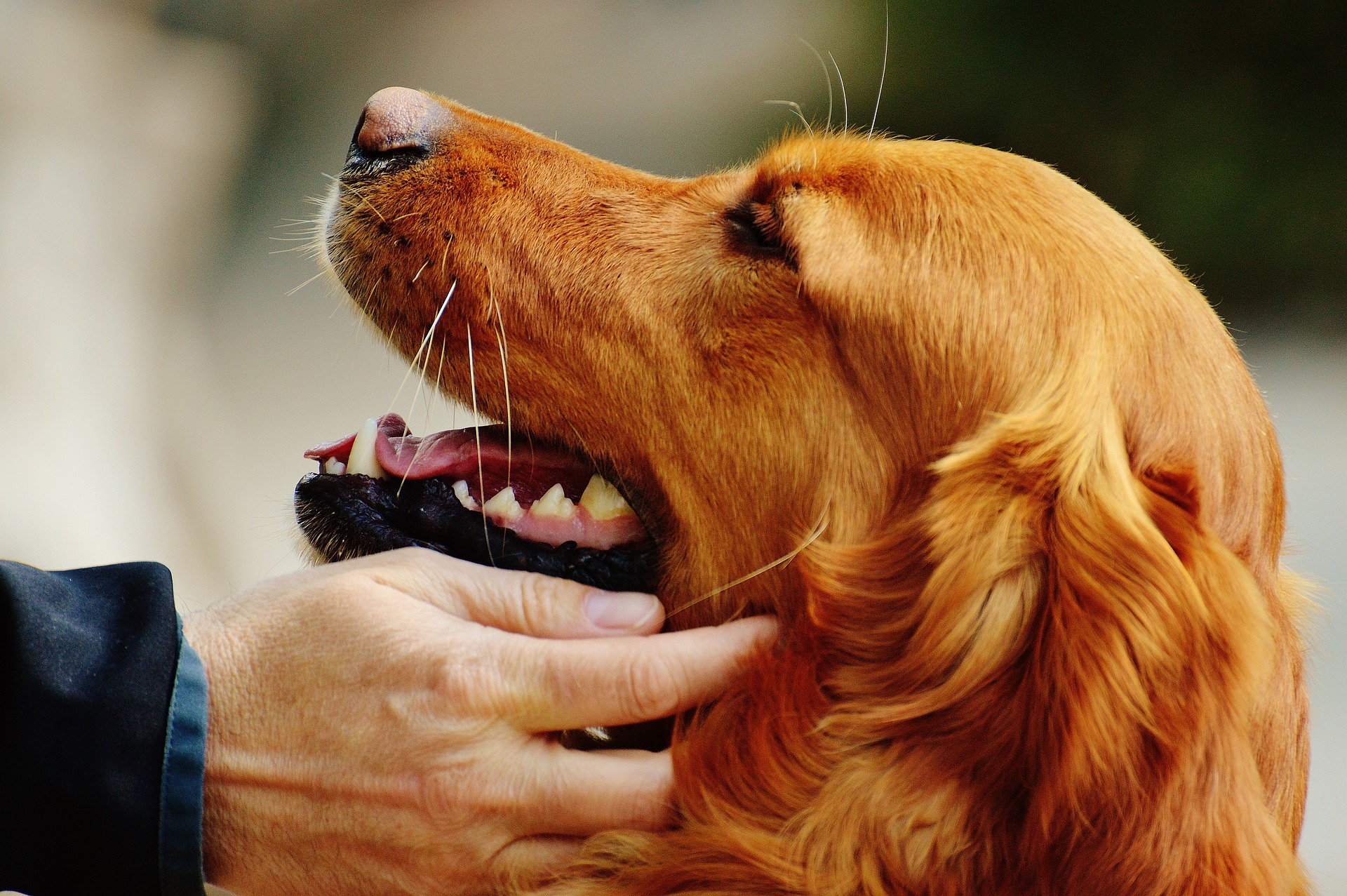Welcome back to our doggy daycare and boarding facility questions series. If you missed the first two installments, be sure to check them out here and here. In today’s article, we’ll be focusing on questions to ask about the facility and grounds.

The dog care and play groups could be fantastic, but knowing how the facility is set up could help you choose when looking at your options. Keep these questions in mind when you are looking for the right place for you and your dog.
Will they let you tour the facility?

Touring facilities can give you some comfort. If a place is unable to provide tours, that is a big red flag. When you go on your tour, you need to know what to look out for.
Something to pay attention to is the flooring. What kind of floor is available to the dogs? Do the play yards opt for turf, grass, rubber, gravel, or a mixture? There are different benefits to different types of flooring and ground cover. Turf yards outdoors are easy to clean and sanitize, but grass is softer on paw pads.
Since dogs are going to be tumbling and running around in the play yards, you want to see that the ground allows for give. Are the floors evenly covered or are there lots of bumps, ridges, and potholes? While you may not need the ground to be perfectly smooth, we want to keep an eye out for any extensive trip hazards for the dogs as well as the humans who take care of them.
Another item to look at is how the gates are set up. You want to see breezeways or double gating around yards where people can easily get in and out of a yard with a dog. If a dog slips a gate while a human is exiting or entering a play yard, what kind of system is set up to keep the dog from running loose? Oftentimes there will be doors with signs on them that instruct people to keep the door closed behind them to prevent dogs from running out. You want to see that escape artists who wiggle out of the yards can easily be contained when they do so.
Be on the lookout for anything that looks like it could be bad for dogs to chew on, like cords or electrical equipment. These items should be off the floor or not easily accessible to the dogs in the facility.
Another thing I like to look at is the lighting in the facility. While this may not seem like a big deal, having good lighting in the facility allows staff to see if everything is cleaned appropriately, or if there is anything questionable in a dog’s holding area. Well lit rooms, kennels, and play yards allows staff to keep areas cleaner and not have to use improvised lighting to inspect for issues that would be missed otherwise.
Lastly, take a look at the areas where dogs are separated out. When dogs need breaks while at daycare, are they put in a suite, crate, or kennel? Is this holding area away from the action or next to it? Dogs getting breaks is important, so you’ll want to know where your dog will be allowed to decompress during their time at daycare. Some dogs need more secluded spaces than others in order to decompress well.
A final note about taking tours, make sure to listen to your tour guide when it comes to safety. Most places will not let you enter certain areas at certain times, like letting guests into play yards while the dogs are still inside it.
Does the facility have cameras?

Cameras help staff when things don’t go as planned. Even if the facility does not allow the public to see the camera feed, having cameras recording the action in the play yards, holding areas, and hallways allows staff to do their job better. If there is an incident, video can tell the staff what actions to take next. Having had to deal with incidents in yards myself, when you’re in the middle of the moment, things move fast and it’s not possible to retain all the details of what happened. Humans are also not always the best at recounting details of incidents, especially under stress.
Video footage can also help the staff find solutions to recurring problems. For example, having footage of a creative escape artist can help the staff figure out if there needs to be a change for a particular dog to keep them safe. If a dog throws up in a yard and the daycare monitor has their back turned when it happens, having video can help the staff identify who the dog was and inform the family.
And in cases where behavior problems happen, video footage allows dog trainers or behavior experts to get involved if the facility allows them access. This helps families get details they need to partner with a trainer who can help their dog.
Is the facility climate controlled?

While we like to think dogs can handle extreme temperatures better than we can, this is typically not the case. You want to ask about the facility’s climate control and what areas are and are not climate controlled.
Being in Oklahoma, summers get hotter and winters have cold snaps. If the play yards are all outdoors, what does the staff do when it isn’t safe for the dogs to play outside? What is the size of the indoor spaces and is it big enough for the dogs if outdoor space is not available? What temperature are the indoor spaces set to and does that line up with the needs of your particular dog?
Even if the weather doesn’t have extreme highs and lows in your area, other kinds of foul weather may come into play. When lightning strikes, most daycares close off the outdoor parts of their play yards and do not allow dogs or humans outside. I’ve even known some daycares to keep outdoor areas closed due to rain since the chance of slipping can get high depending on the terrain outside.
Most dogs prefer being outside, particularly when in playgroups, so looking at what will be available as an indoor option when the weather is icky is crucial. If indoor play yards are not appropriately sized, this can cause problems if too many dogs are in a single yard. What does the staff do to keep this balance in place when nasty weather hits, especially if the weather is going to stay for a while?
The plan the facility has for weather and climate control is good to know, so that when it starts raining outside while you’re at work and your dog is at daycare, you’ll know what to expect.
What alarm system is set up for after hours? Does staff stay after hours?

Alarm systems for smoke, carbon monoxide, power loss, and lock up are helpful at these facilities. While it should be unlikely that issues occur, you should know that the alarms are set in place. Just like we have alarms in our home, we want the same thing for our dog when they go to daycare or boarding. If your area is prone to power loss, does the facility have a backup generator?
There are different arguments on whether or not staff should stay after hours when it comes to boarding facilities. Some argue that staff staying after hours disrupts the sleep of the dogs on site and that dogs sleep better when humans have left. Others argue that having a person at the facility to react to emergencies is important to keeping everyone safe.
Whichever way you decide is right for you, alarms still help staff do their job appropriately. If there isn’t staff on site after hours, alarms should alert the correct people to come and assist. Whether that is an automatic call to 911, or waking up a designated person (usually the owner or manager of a facility), it’s nice to know what happens when an alarm goes off after hours. Even if there is a staff member present for the graveyard shift, this staff member may be flying solo, and so will need an appropriate alarm system to be set in place to do their job properly.
What cleaners are used and how often?
The facility should be more than just clean. It should be sanitized. Dogs, like small human children, do not know how to cover their noses when they sneeze. They also have a habit of putting everything in their mouths, including each other. Water dishes are shared in play yard spaces, and dogs eliminate several times a day.
This makes it very easy for disease to spread, and quickly if proper cleaners and sanitizers are not used. Doggy daycares and boarding facilities use special cleaners that kill common dog diseases like Bordetella, parvovirus, distemper, as well as other other bacterial, fungal, and viral diseases.
Knowing how often areas are cleaned and disinfected can help you decide on the right doggy daycare for you. Knowing how often kennels and holding areas are cleaned as well as indoor and outdoor yards helps you know a little bit more about the ins and outs of the care your dog is receiving. Some places like to have a sanitation schedule for certain areas based on time frame or based on use. It’s important to remember that dogs can still get sick even with the best cleaning and sanitation practices. We are looking for mitigation of risk, not complete elimination. Best cleaning and sanitizing practices help with that.
We hope you have enjoyed this segment of questions to ask your doggy daycare and boarding facility. Stay tuned for our last installment where we address policy questions you should ask. Happy training, and enjoy time with your dog.

We know you want the best for your dog, and choosing the right dog trainer is no different.
Our training focuses on science-based techniques and our trainers strive to provide the best training possible for you and your dog. You don’t want to do all the guesswork when trying to train your dog.
Let us help you take the guesswork out and provide solutions that help you and your dog live a better life together.
Message us today to set up your free consultation so we can create a plan to help you get more quality time with your dog.










